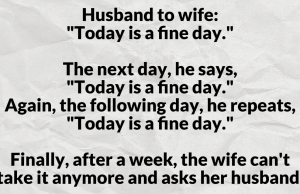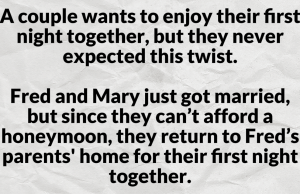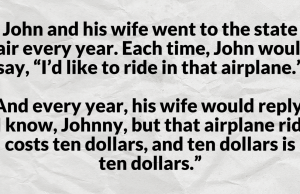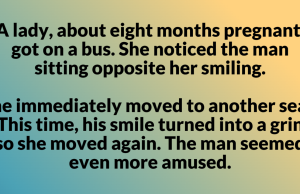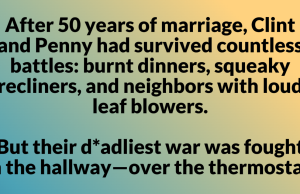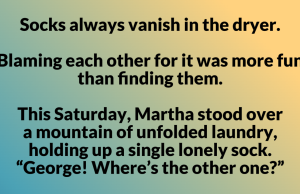
Once upon a time, a university professor faced a strange dilemma. A physics student had answered a test question in a way that was technically correct — but not the “official” method expected.
Confused, the professor asked the head of the academy to step in and judge.
🧪 The Question:
“How can you measure the height of a building using a barometer?”
🧠 The Student’s Answer:
“Tie the barometer to a rope, lower it from the roof until it touches the ground, then measure the length of the rope. That’s the height!”
It was clever — and correct — but not exactly the physics-based solution the professor wanted.
So, the judge gave the student a challenge:
“In six minutes, come up with a different answer — this time, using real physics.”
Five minutes passed. No writing.
“Are you giving up?” the judge asked.
“Not at all,” the student smiled. “I’m just deciding which answer to use.”
Curious, the judge nodded for him to continue.
📏 The Student Suggested:
🔹 Drop the barometer off the roof. Time how long it takes to fall. Then use gravity formulas to find the height.
🔹 Use the barometer to measure its own shadow, compare it with the building’s shadow, and calculate proportions.
🔹 Walk up the stairs, marking the wall with the barometer each step — then multiply.
🔹 Use it as a pendulum at the top and bottom of the building and analyze the gravitational difference.
🔹 Or — simply offer the barometer to the building manager in exchange for the height!
The room went silent.

The judge asked, stunned: “Did you know the expected answer?”
“Of course,” the student said. “But why stick to one way when there are so many?”
That young man’s name?
Niels Bohr — who would later win the Nobel Prize and change the world of physics forever.
💡 The Lesson:
True intelligence isn’t just knowing answers — it’s seeing endless possibilities.
And true education isn’t about limiting minds — it’s about setting them free.

